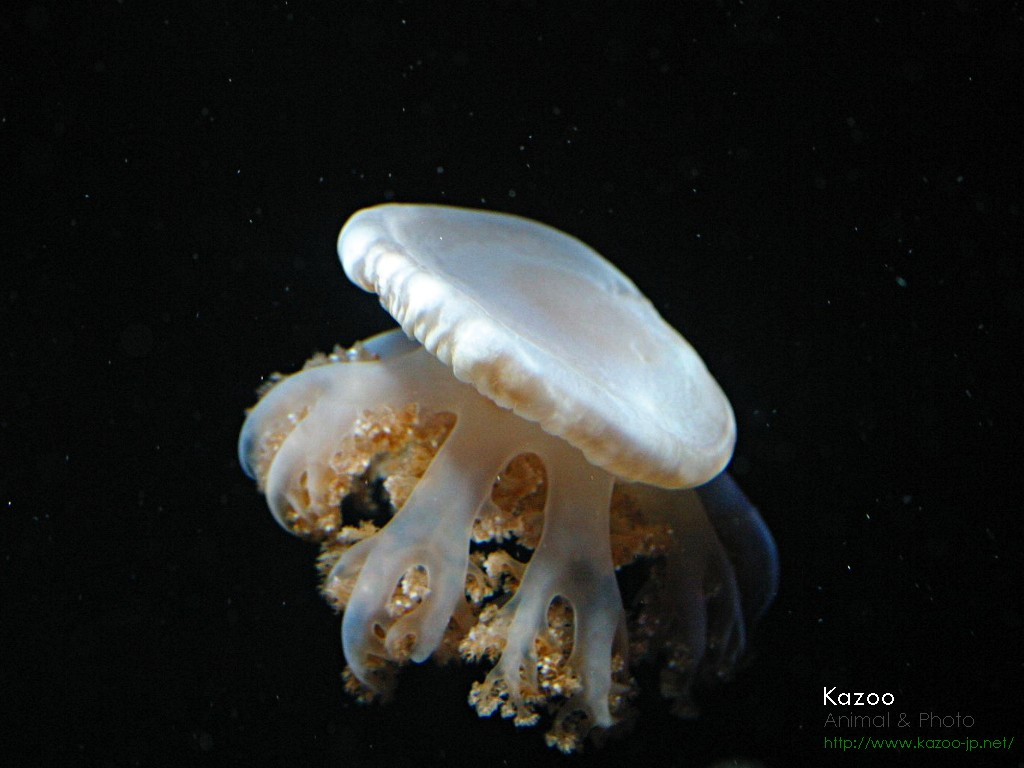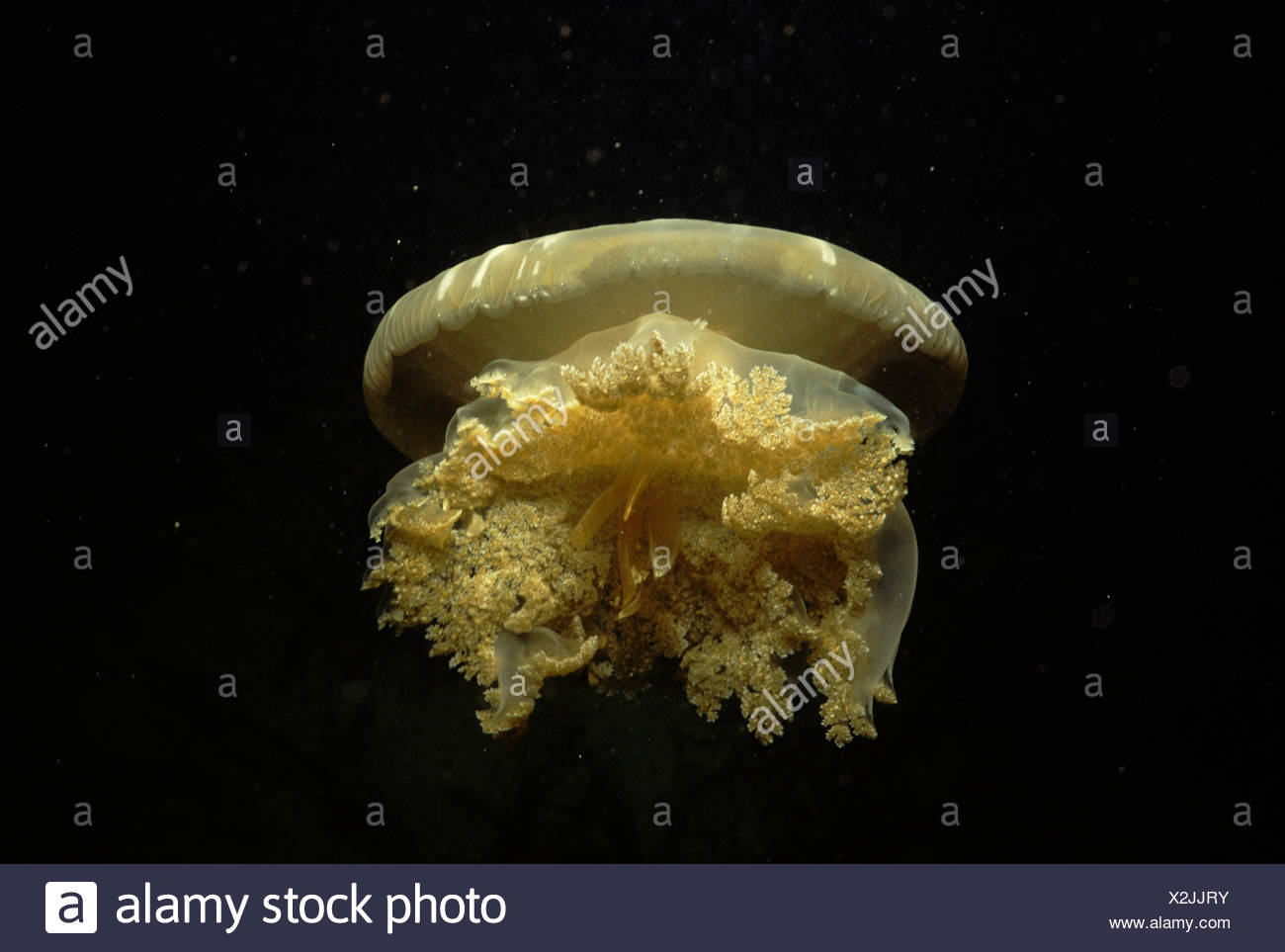
Title: Cassiopea as a model to study acclimation and adaptation to global change Our preliminary results show that the nematocysts ability to accurately hit and puncture a surface it is projected to hit can vary based on the acceleration used to fire as well as the target’s size and makeup. The immersed boundary method is used to couple the elastic equations and the fluid equations to numerically simulate nematocyst firing and ejecting dynamics. Nematocysts are stinging organelles found in organisms such as jellyfish, anemones, and hydrozoans. Title: Fluid dynamics of a nematocyst firing and ejection In this presentation we will discuss and consider these results and more in the context of an ecosystem engineering role for Cassiopea spp. We found non-random movement and self-arrangement as well as consumption of large quantities of zooplankton. We also explored the ability and frequency of these animals to move across the substrate, the impact of temperature and salinity on pulsation rates, as well as quantifying the diet over a 24 hr cycle.

are capable of releasing porewater into the water column at a rate that can significantly alter nutrients in the water column. We measured the vertical volumetric flow rate to be 212 Lh -1 for average-sized animals (8.6 cm bell diameter), which translates to turnover of the entire water column every 15 min for a median population density. Using a variety of techniques from novel in situ particle image velocimetry (PIV) instruments to standard gut content microscopy, our aim was to quantify some of the impacts these animals have within their habitat.

In these regions, Cassiopea can dominate the benthos with peak densities documented to exceed 100 individuals per square meter (mean 29 ind m -2). are common residents in the shallow, sheltered waters adjacent to stands of red mangrove trees. Title: Does Cassiopea Act as an Ecosystem Engineer in Mangrove Habitats? Cassiopea spp. We found that sleep upregulates nuclear maintenance in neurons.īrad Gemmell – University of South Florida We combined imaging of single chromosomes and repair proteins, 3D particle motion analysis, optogenetics stimulation, as well as calcium imaging to study the interaction between sleep, neuronal activity, DNA damage and repair. The zebrafish enables the study of the physiology of defined single cells in the context of an intact nervous system in a live animal. We hypothesize that single neurons require sleep.


Although sleep clearly improves brain performance, even invertebrates with simple nerve nets sleep, and the core cellular function of sleep is unclear. Sleep is vital for survival and all animals with a nervous system, ranging from jellyfish, to fish and humans sleep. I highlight the discovery of cassiosomes and Cassiopea’s role in pioneering the fieldable eDNA sequencing kit (FeDS) findings made possible thanks to the ICW community. In 1810, when Péron & Lesueur assigned the upside-down jellyfish to the genus Cassiopea after the ancient celebrated constellation “Cassiopeia” it all but guaranteed its future a scientific superstar. Starting with a major review paper, followed by draft genomes and transcriptomes, along with the discovery of sleep, plasticity and fluid dynamics of these spectacular jellyfishes, our knowledge and community base has undergone a stellar explosion. The upside-down jellyfish has soared since its pro-star debut at the 1 st International Cassiopea Workshop (ICW) in 2018. Title: Cassiopea xamachana: The making of a star! Cheryl Lewis-Ames – Tohoku University / Smithsonian NMNH


 0 kommentar(er)
0 kommentar(er)
